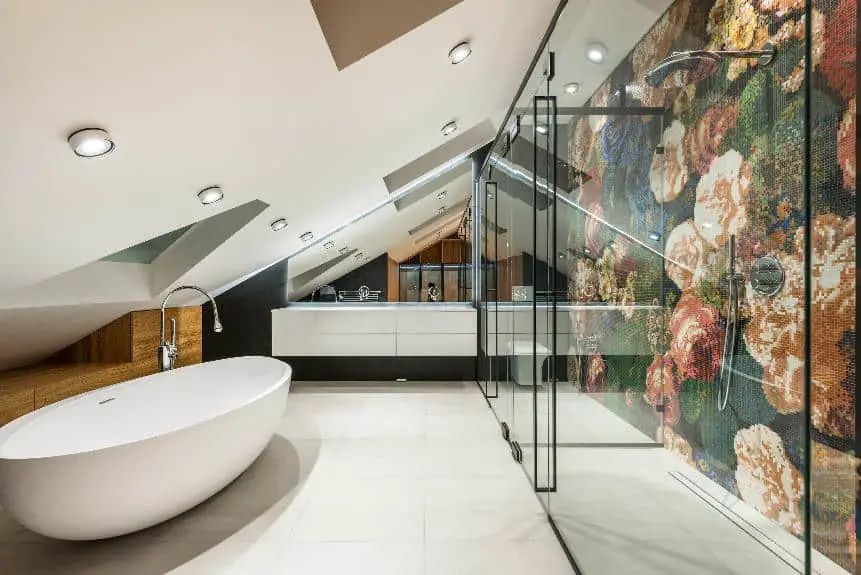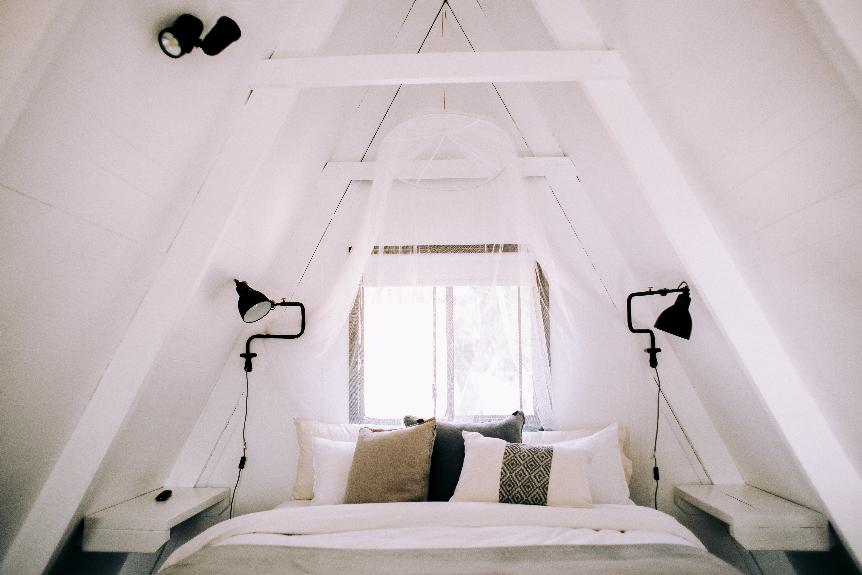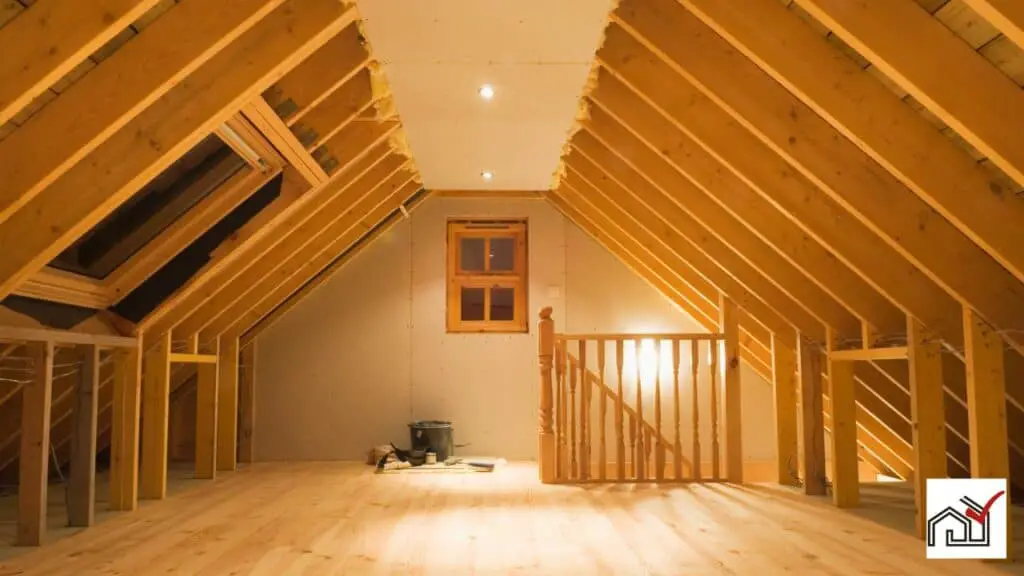Adding a bathroom to an attic involves careful planning and consideration of various important factors.
Homeowners must first check the attic's structural strength to support the weight of bathroom fixtures and plumbing.
It is crucial to meet specific plumbing and electrical needs, which may include extending or altering existing systems.
Adhering to local building codes is required for safety and compliance.
It is recommended to seek professional advice to address these challenges.
Design and budgeting are important as well, as attics often have limited space that requires innovative design to ensure functionality and visual appeal.
Assessing Structural Feasibility
Before starting attic renovations for a bathroom, it's crucial to evaluate the structural strength to ensure it can support the extra weight. The attic, typically designed for light storage, may require upgrades for bathroom use and increased traffic.
A professional structural feasibility assessment is essential. This includes examining floor joists and supports to verify they can bear the weight of bathroom fixtures. A structural engineer can determine if additional reinforcement is needed for the weight of a bathtub, toilet, and sink.
Building codes set standards for attic bathrooms, such as size, ceiling height, and exit routes, to ensure occupant safety. These regulations must be followed in the renovation planning.
Considering the logistics of extending plumbing to the attic is also necessary. This can be complex, especially if there is no bathroom below the attic. The distance from the water and sewer lines affects feasibility and cost.
A thorough assessment will outline the work required for a safe and compliant attic bathroom. Neglecting this step can result in expensive errors and unsafe conditions.
Understanding Plumbing Requirements
Installing plumbing in an attic bathroom requires careful planning to meet building codes and ensure the water supply and waste systems work properly. For a 1930s home conversion, one may need to install a new plumbing stack and reroute pipes beneath the attic floor joists, potentially reframing rooms below to fit the new plumbing.
Local building codes dictate venting requirements for waste pipes to prevent backflow and ensure drainage, with vents needing to reach the outdoors. It's also important to provide sufficient water pressure and a reliable hot water supply for the attic bathroom.
The attic floor might need reinforcement to hold the weight of the bathroom fixtures. Ensuring the floor's structural integrity is crucial to support both the fixtures and the plumbing materials.
Navigating Building Codes
Homeowners must work with local authorities to secure permits and ensure that their attic bathroom renovation complies with building codes. Adding a bathroom in the attic must meet safety and local residential standards. Building codes cover details like minimum ceiling height, fixture placement, and emergency exits.
The attic can be a viable space for a bathroom but requires adherence to specific code requirements. Professionals such as plumbers and framers knowledgeable about local regulations are crucial for ensuring that structural and plumbing work is code compliant.
Obtaining permits is mandatory before starting the renovation to confirm that the project aligns with legal standards. Failing to get permits can result in fines and the possibility of having to reverse the work done.
Designing for Limited Spaces
Homeowners often need to fit a bathroom into a small attic space of 37 square feet. Efficient use of space is crucial. The layout should respect the attic's shape and meet building codes.
Storage is important. Use floating shelves or built-in cabinets to save space. Take advantage of the height to keep the area tidy and appear larger.
Choose compact fixtures. A wall-hung sink increases floor space. Install the toilet under sloped ceilings to use space wisely and improve movement.
Consider the attic's structure. Strengthen joists for the weight of fixtures and use. Connect to existing plumbing with minimal changes to keep the integrity of the space.
In short, designing an attic bathroom requires careful planning to ensure it is functional, meets legal standards, and uses space-saving techniques to feel open and welcoming.
Estimating Project Costs
Estimating the cost of adding a bathroom to an attic requires evaluating materials, labor, and adherence to building codes. Converting an attic into a living space with a bathroom involves complex factors affecting the budget, from fixture choices to plumbing and HVAC adjustments.
For a 1930s home, adding a bathroom may need structural changes like enlarging a closet or adding a window, which can increase costs. Plumbing can be a major expense, potentially requiring a new plumbing stack, installing pipes under joists, and reframing areas to fit these updates.
Hiring a company experienced in attic conversions can help estimate costs accurately. They consider material choices, such as tiled walls, and labor for complex designs with efficient storage. Compliance with building codes is essential, so budgeting for permits and professional services to meet legal standards is necessary.
Adding a bathroom to an attic can improve the home's functionality and value. However, a detailed and realistic cost analysis is important for a renovation that meets the homeowner's goals and budget.





